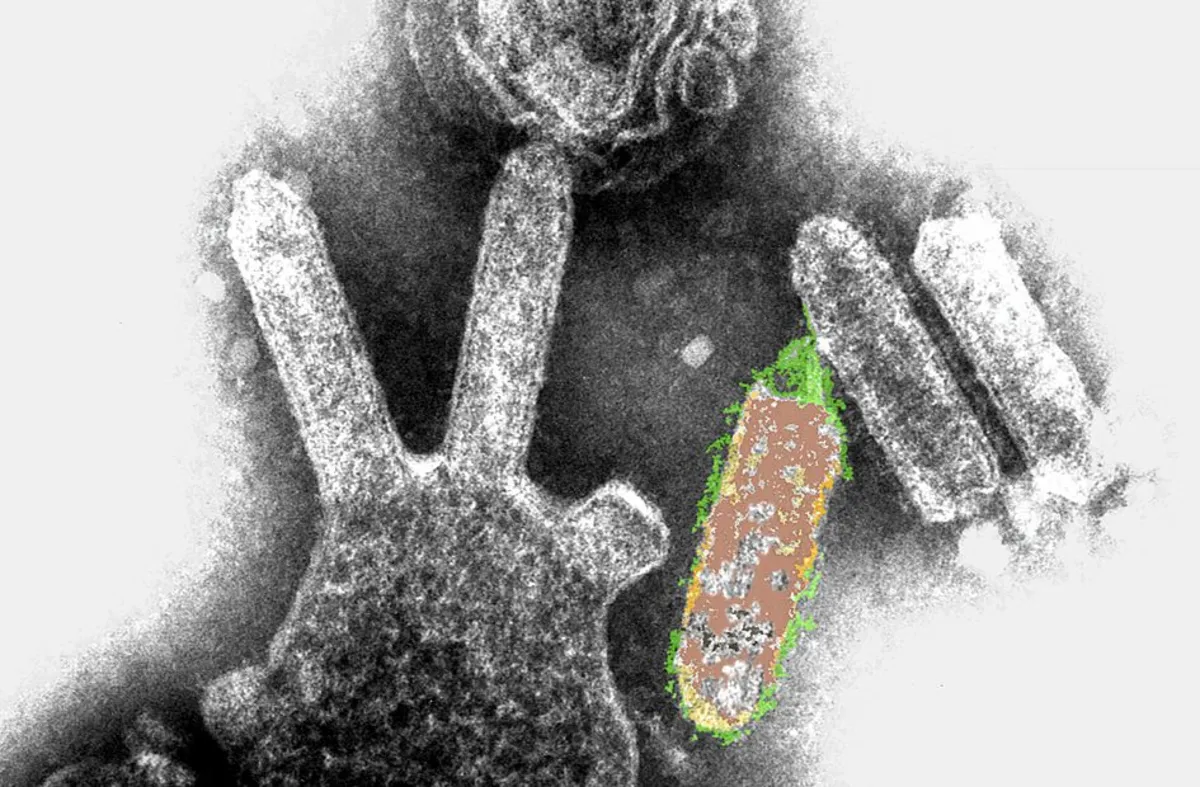
An Australian man has tragically passed away after contracting the Australian bat lyssavirus (ABLV), marking him as only the fourth known case of this extremely rare and deadly virus. First identified in Australia in 1996, ABLV is closely related to rabies and poses significant health risks once symptoms manifest. The virus typically leads to severe neurological complications and can ultimately result in death.
The Australian bat lyssavirus is transmitted through bites or scratches from infected bats. Early symptoms often resemble those of the flu, including headache, fever, and fatigue. As the disease progresses, it can rapidly advance to more severe symptoms such as paralysis and, unfortunately, death. Immediate post-exposure treatment with rabies immunoglobulin and vaccines is crucial, as this can effectively prevent the illness from developing. However, once symptoms appear, there is currently no effective treatment available, making early intervention vital.
The man, who was in his 50s, was reportedly bitten by a bat several months prior to his death. While he sought medical treatment, the timeline of his care remains unclear. This week, he was reported to be in critical condition before ultimately succumbing to the virus. All previously known human cases of ABLV have resulted in fatalities, highlighting the perilous nature of this virus.
According to Wildlife Health Australia, a total of 420 bats have tested positive for ABLV since 2001. However, the actual prevalence of the virus among wild bat populations in Australia is not well understood. Experts emphasize that the risk of transmission increases when bats venture into populated areas, particularly in search of food or during extreme heat events.
In light of this tragic case, authorities are urging anyone who has been bitten or scratched by a bat to seek prompt medical care. Early intervention is crucial in preventing the onset of the disease and ensuring the best possible outcome for those exposed to this rare but deadly virus.
Stay informed and vigilant about the risks associated with wildlife, particularly in regions where bats are prevalent. Understanding the symptoms and taking immediate action can be life-saving.